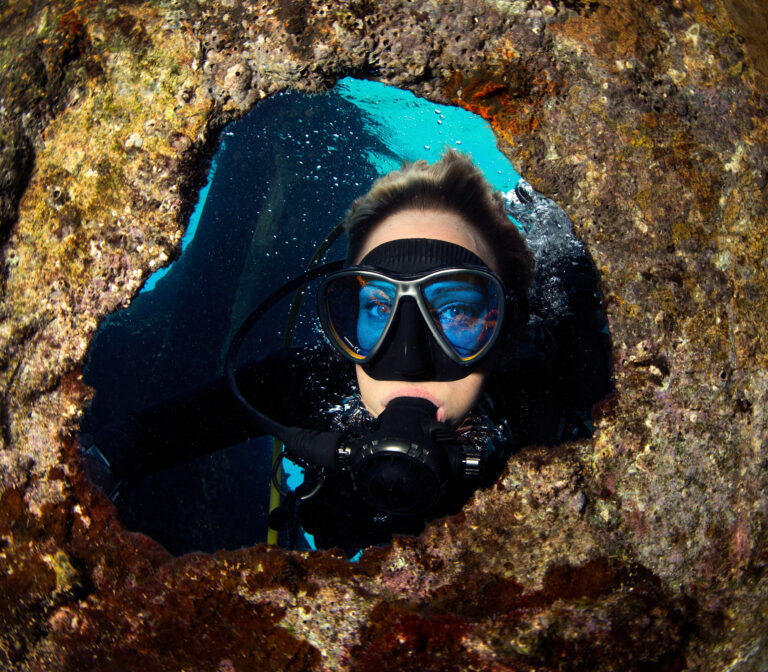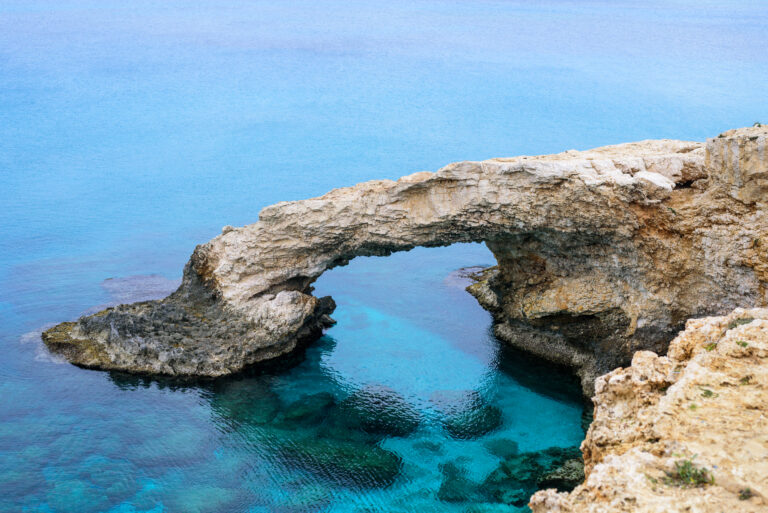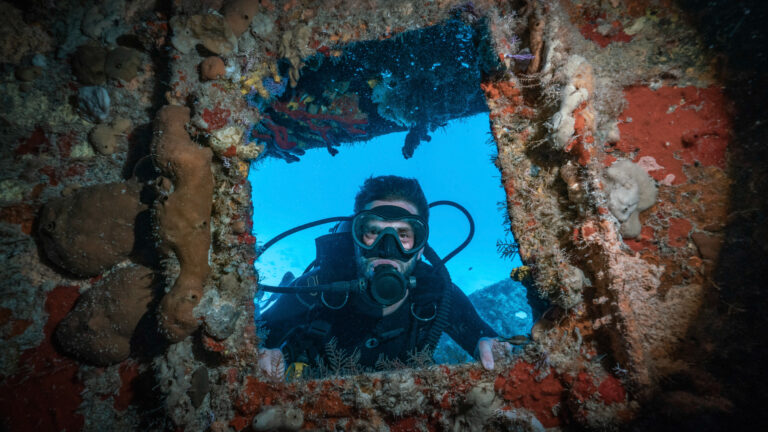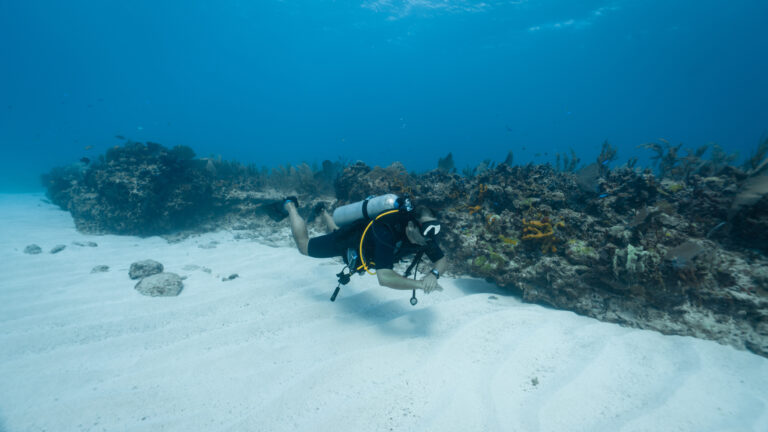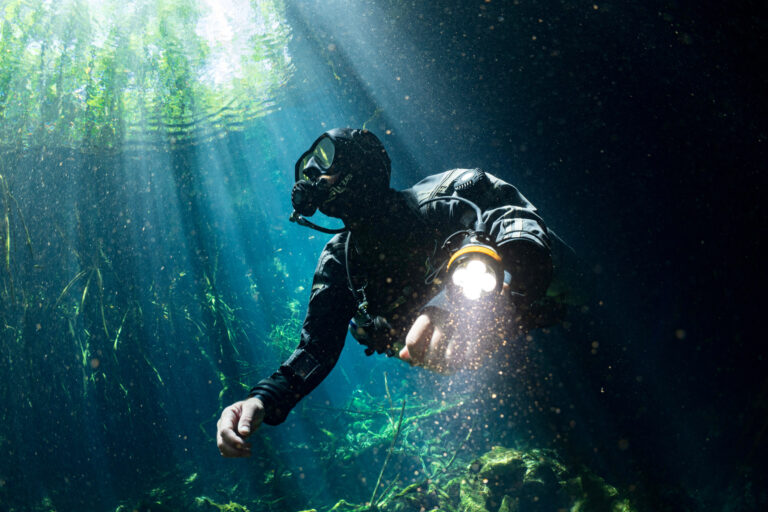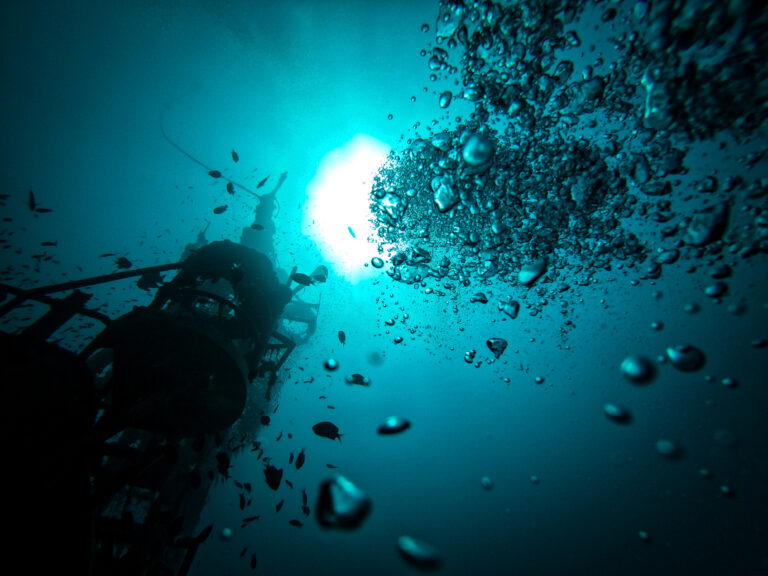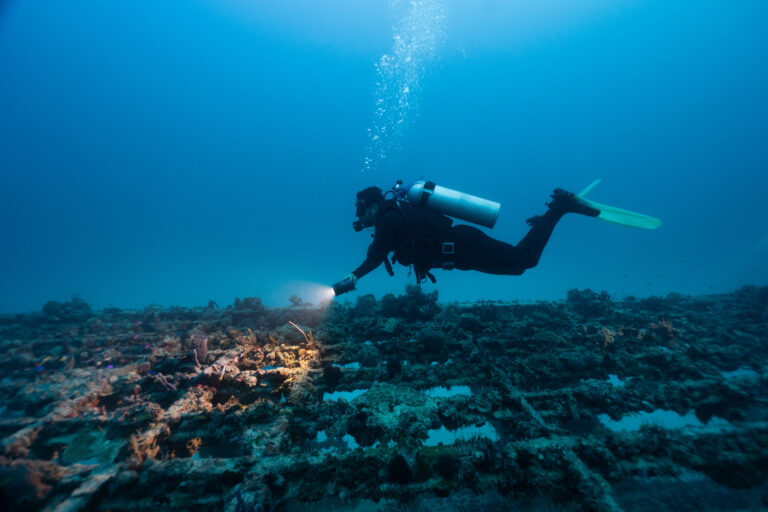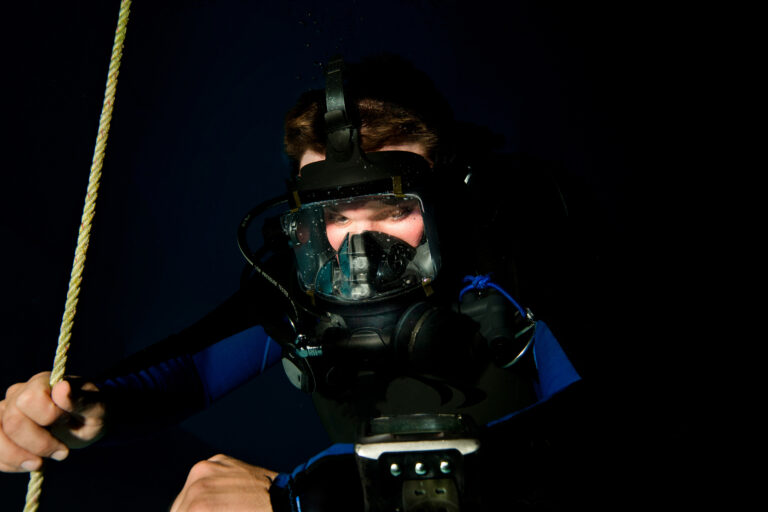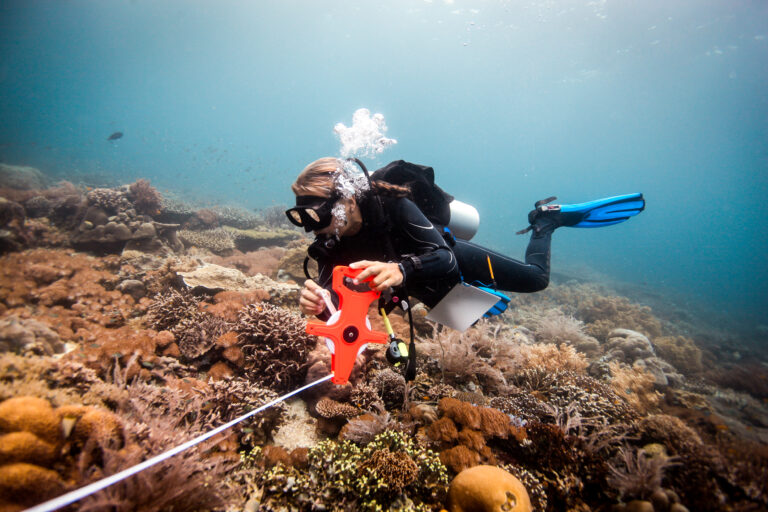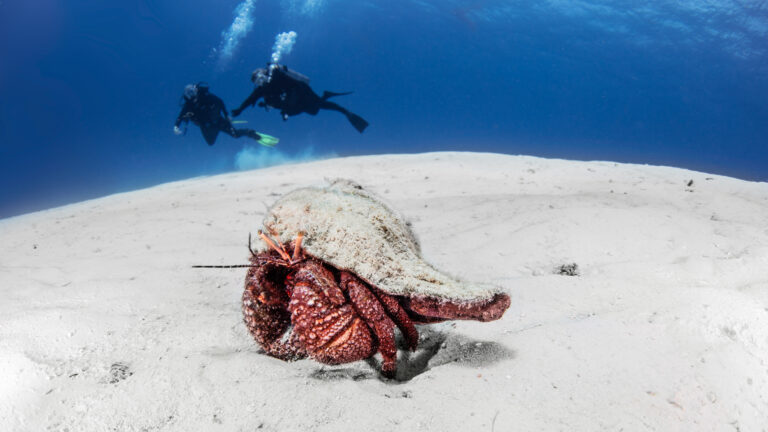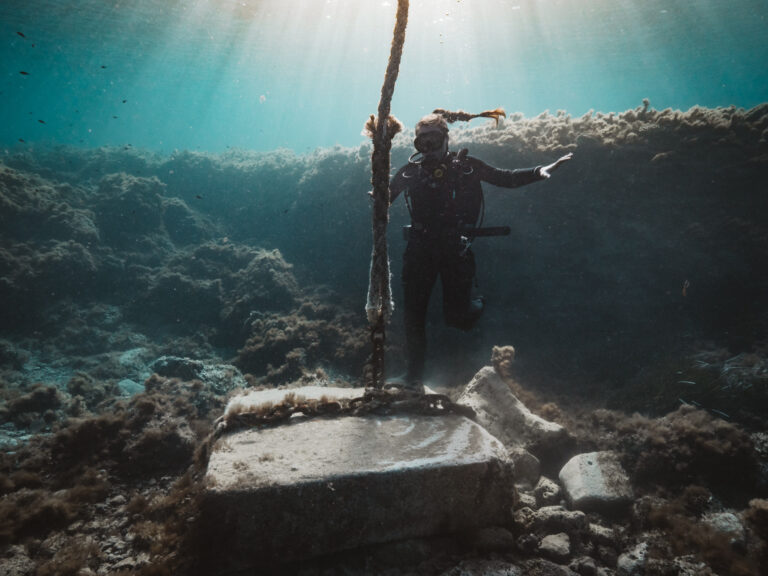SCUBA DIVERS’ TRAVEL GUIDE TO Isle of Man
If you’re looking for a scuba diving adventure that will take your breath away, look no further than the Isle of Man. This small island in the Irish Sea is a hidden gem for divers of all levels, offering stunning underwater scenery, abundant marine life, and fascinating wrecks. You’ll be amazed by the diversity of diving here, from shallow reefs and kelp forests to deep walls and pinnacles. You’ll encounter friendly seals, playful dolphins, majestic basking sharks, and more. The Isle of Man has some of the best visibility and water quality in the British Isles, thanks to its location and tidal currents. Whether you’re a beginner or an expert, you’ll find something to suit your taste and challenge your skills. Don’t miss this opportunity to dive into a world of wonder and beauty on the Isle of Man.
LOCATION AND GEOGRAPHY
Nestled in the heart of the Irish Sea, the Isle of Man is a unique scuba diving destination that boasts a rich tapestry of marine life, dramatic underwater landscapes, and historical shipwrecks. Geographically, the island is positioned equidistantly from England, Scotland, Ireland, and Wales, making it a crossroads of Celtic and Norse heritage. The island’s coastline stretches over 160 kilometers, offering a diverse range of diving experiences. From the rugged cliffs and sheltered bays of the Manx coast to the varied seabed that includes rocky reefs and sandy plains, the Isle of Man provides habitats for a plethora of marine species. The clear waters are influenced by the mixing of the warm currents from the south and the cooler waters of the north, creating an environment where both temperate and cold-water marine life thrive. This geographical blend not only makes the Isle of Man a haven for divers seeking biological diversity but also a place of intrigue for those fascinated by the geological forces that have shaped this island’s underwater realm over millennia.
VISA AND ENTRY REQUIREMENTS
Before planning your underwater adventure to the Isle of Man, it’s essential to understand the visa and entry requirements. The Isle of Man is a self-governing British Crown Dependency, and its immigration rules are similar to the United Kingdom’s. Travelers from the European Economic Area (EEA), Switzerland, and those with the right of abode in the UK do not require a visa to visit. If you’re from outside these areas, you’ll need to check if you’re eligible for a visa exemption or if you must apply for a Visitor Visa or a specific type of visa depending on the purpose and duration of your stay. Ensure your passport is valid for the entirety of your visit. Note that the Isle of Man is not part of the Schengen Area, so separate entry clearance may be required even if you have a Schengen Visa. Always verify the latest information with the Isle of Man’s immigration services or a British Embassy or Consulate before your trip, as regulations can change.
GETTING TO Isle of Man
Traveling to the Isle of Man for an unforgettable scuba diving experience is a journey that combines the allure of underwater exploration with the charm of a unique island culture. Nestled in the Irish Sea between Great Britain and Ireland, the Isle of Man is accessible by air and sea. Flights are available from major UK airports, with the island’s Ronaldsway Airport welcoming divers from around the world. For those who prefer a scenic approach, regular ferries operate from Liverpool, Heysham, Dublin, and Belfast, offering both passenger and vehicle transport. Upon arrival, the Isle of Man’s compact size allows for easy travel to coastal dive sites, with local transport options including car rentals, buses, and taxis. With its rich marine life, historic shipwrecks, and clear waters, the journey to the Isle of Man is the beginning of what promises to be a spectacular dive adventure.
BEST TIME TO DIVE
The Isle of Man, nestled in the Irish Sea, offers a unique scuba diving experience, with the best conditions generally found from May to September when the water temperatures are more comfortable, ranging from 10°C to 17°C (50°F to 63°F). During this period, visibility can extend up to 20 meters on good days, allowing divers to fully appreciate the rich marine life, including playful seals and an array of fish species that inhabit the kelp forests and rocky reefs. The summer months also coincide with the breeding season for many marine creatures, providing an opportunity to witness the vibrant underwater activity. While diving outside this window is possible, it is worth noting that the sea conditions can be more challenging, and the water temperature drops, necessitating thicker wetsuits or drysuits. Always check with local dive centers for the most current conditions and advice on the best dive sites for the time of your visit.
ACCOMMODATION OPTIONS
Accommodation options on the Isle of Man cater to a diverse range of preferences, ensuring that scuba divers can find the perfect base for their underwater adventures. Whether you’re looking for the convenience of a coastal hotel that offers stunning sea views and easy access to dive charters, or the charm of a traditional Manx cottage where you can relax in privacy after a day exploring the island’s marine life, there’s something to suit every taste. For those who prefer self-catering, a variety of holiday apartments and lodges are available, often equipped with facilities to rinse and dry your gear. Bed and breakfast establishments and guesthouses provide a homely atmosphere and local insights that can enhance your diving experience. Meanwhile, budget-conscious divers can opt for hostels or well-maintained campsites that are ideally located near popular dive spots. No matter where you choose to stay, you’ll find yourself immersed in the warm hospitality for which the Isle of Man is renowned, making your scuba diving trip as comfortable above water as it is thrilling below.
DIVE OPERATORS AND DIVE SHOPS
The Isle of Man, nestled in the heart of the Irish Sea, offers a unique diving experience, with its waters teeming with marine life and historical wrecks. When planning your underwater adventure, you’ll find a selection of reputable dive operators and shops ready to cater to both novice and experienced divers. These local specialists provide a range of services, from equipment rental and air fills to guided dive tours and PADI-certified training courses. The dive shops on the island are known for their intimate knowledge of the best dive sites, current conditions, and the intricacies of diving in temperate waters. They prioritize safety and environmental conservation, ensuring that your dive not only respects the delicate marine ecosystem but also leaves you with a profound appreciation for the Isle’s underwater heritage. Whether you’re looking to explore the dramatic underwater landscapes, discover the rich biodiversity, or visit the hauntingly beautiful shipwrecks, the Isle of Man’s dive operators and shops are your gateway to an unforgettable subaquatic journey.
TRANSPORTATION WITHIN Isle of Man
Transportation within the Isle of Man is convenient and well-suited for scuba divers looking to explore the island’s underwater treasures. Upon arrival, divers can rent a car to easily reach various coastal dive sites, as the island is compact and driving distances are short. For those who prefer not to drive, the island offers a comprehensive public transport system that includes buses and trains, which service the major towns and villages close to popular diving spots. The unique Manx Electric Railway and the Isle of Man Steam Railway are charming ways to traverse the scenic landscape and get close to some dive locations. Taxis are readily available for direct transfers, and some dive operators may offer their own shuttle services to and from dive sites. For the more adventurous, renting a motorcycle or bicycle is a great way to enjoy the island’s beauty at a leisurely pace, with ample storage for gear. Always check schedules and availability in advance, especially during the off-peak season, to ensure a smooth journey to your underwater destination.
CURRENCY AND PAYMENT METHODS
When traveling to the Isle of Man for a scuba diving adventure, it’s important to note that the local currency is the Manx pound (IMP), which is on par with the British pound sterling (GBP). While British currency is widely accepted on the island, Manx pounds are not commonly accepted outside of the Isle of Man. Visitors can exchange currency at banks, post offices, and some hotels, but it’s advisable to carry some GBP for convenience. Credit and debit cards are accepted at most dive shops, restaurants, and accommodations, though it’s always wise to have some cash on hand for smaller purchases or in areas where electronic payments might not be available. ATMs are readily accessible in towns and villages. It’s also worth noting that some businesses may not accept cards for small transactions due to processing fees, so keeping a mix of cash and cards is prudent for a hassle-free scuba diving trip.
LANGUAGE AND COMMUNICATION
When visiting the Isle of Man for a scuba diving adventure, it’s important to note that the primary language spoken is English, making communication convenient for English-speaking divers. However, the island also has its own unique language, Manx Gaelic, which, while not widely spoken, is an integral part of the local heritage and culture. You may encounter some Manx phrases on signs or in local literature. Dive operators and guides typically conduct briefings and courses in English, and it’s common for them to be well-versed in diving terminology and marine life specific to the region. It’s always appreciated when divers learn a few basic Manx words or phrases, such as “Moghrey mie” (Good morning) or “Slane lhiat” (Goodbye), as a sign of respect for the local culture. For emergencies or assistance, the Isle of Man uses the UK’s country code (+44), and it’s advisable to familiarize yourself with local emergency numbers and marine radio communication protocols.
LOCAL CULTURE AND ATTRACTIONS
Nestled in the heart of the Irish Sea, the Isle of Man is a treasure trove of cultural heritage and attractions, offering a charming complement to its underwater wonders. As you surface from the marine depths, immerse yourself in the island’s rich tapestry of history, from the ancient Celtic and Viking legacies to the iconic Manx folklore, symbolized by the enigmatic three-legged Triskelion. Peel Castle stands as a sentinel to the past, while the Laxey Wheel, the world’s largest working waterwheel, spins tales of the island’s industrial heritage. The quaint seaside towns and villages, such as Port Erin and Castletown, invite leisurely exploration with their unique blend of independent shops and traditional eateries, where you can savor local delicacies like Queenies, the famous Manx queen scallops. The annual TT (Tourist Trophy) motorcycle races transform the island into a hub of high-octane excitement, contrasting the otherwise tranquil rural landscapes that offer scenic hikes and a glimpse into the island’s folklore at every turn. Whether you’re attending a spirited session of Manx music at a local pub or wandering the rugged coastal paths, the Isle of Man’s cultural mosaic is as captivating as its marine life.
CULTURAL ETIQUETTE AND TIPS
When scuba diving around the Isle of Man, it is important to embrace the local customs and respect the cultural heritage of this unique island. Manx people are known for their friendly and welcoming nature, but it’s always appreciated when visitors show interest in their traditions and history. Before or after your dive, engage with the local community; a simple greeting of “Moghrey mie” (Good morning) or “Fastyr mie” (Good afternoon) can go a long way. Be mindful of the environment and historical sites, as the Isle of Man takes pride in its natural beauty and ancient landmarks, some of which may be underwater. Always follow the guidelines provided by your dive operator, especially when it comes to protected areas and marine life. Remember that the Isle of Man has its own laws and regulations regarding fishing and marine activities, so ensure you’re familiar with these to avoid any inadvertent offenses. Lastly, after a fulfilling dive, consider trying some local Manx kippers or queenies (scallops) at a nearby eatery, and share your underwater experiences with the locals, who are often as interested in the sea as visiting divers.
LOCAL LAWS AND REGULATIONS RELEVANT TO TOURISTS
When planning a scuba diving trip to the Isle of Man, it is crucial to acquaint yourself with the local laws and regulations to ensure a safe and lawful experience. The island, nestled in the Irish Sea, is known for its marine conservation efforts and has several designated Marine Nature Reserves where restrictions on fishing and boating are strictly enforced to protect the diverse marine life. Divers should be aware that removing historical artifacts from underwater sites is illegal, as many areas are protected due to their historical significance, including numerous shipwrecks. It is mandatory to seek permission from the Manx Museum and National Trust if you intend to dive at archaeological sites. Additionally, divers must adhere to the Isle of Man’s strict regulations regarding the use of dive flags, ensuring their presence is visible to boats to avoid accidents. It is also important to note that the Isle of Man requires divers to have a third-party liability insurance. Before embarking on your underwater adventure, check with the local dive shops or the Isle of Man Government’s Department for Enterprise for the most current information on diving regulations and any permits that may be required.
SAFETY TIPS AND EMERGENCY CONTACTS
When planning a scuba diving trip to the Isle of Man, safety should be your paramount concern. Always ensure that your diving equipment is serviced and in good working order before your dive. Familiarize yourself with local diving conditions such as water temperature, currents, and visibility, and always dive within your certification limits. It is crucial to never dive alone; use the buddy system and maintain close communication with your partner. Be aware of the symptoms of decompression sickness and nitrogen narcosis, and have a dive plan that includes safety stops. In case of an emergency, know the location of the nearest recompression chamber, which is at the Murray’s Road Medical Centre in Douglas. For immediate assistance, contact the Isle of Man Coastguard, which is the primary emergency response for maritime incidents, by calling 999 or 112. Additionally, ensure that you have the contact details for your dive operator and local emergency services saved in your phone. Remember to carry proof of dive insurance that covers hyperbaric treatment, and always inform someone onshore of your dive plans and expected return time.
HEALTH AND TRAVEL INSURANCE
Before embarking on your underwater adventure to the Isle of Man, it is crucial to ensure that your health and travel insurance policies provide comprehensive coverage for scuba diving activities. The Isle of Man, with its captivating marine life and historic shipwrecks, offers an exceptional diving experience, but it is not without risks. Verify that your insurance covers hyperbaric treatment in the unlikely event of decompression sickness, as well as emergency medical evacuation, which can be costly without proper coverage. Given the remote nature of some dive sites, it’s also wise to check for coverage of transportation to the nearest recompression chamber. Additionally, consider a policy that includes trip cancellation, gear loss, and flight delays to safeguard against the unpredictable Manx weather. By securing the right insurance, you can dive into the waters of the Isle of Man with peace of mind, knowing that you are well-protected above and below the surface.


